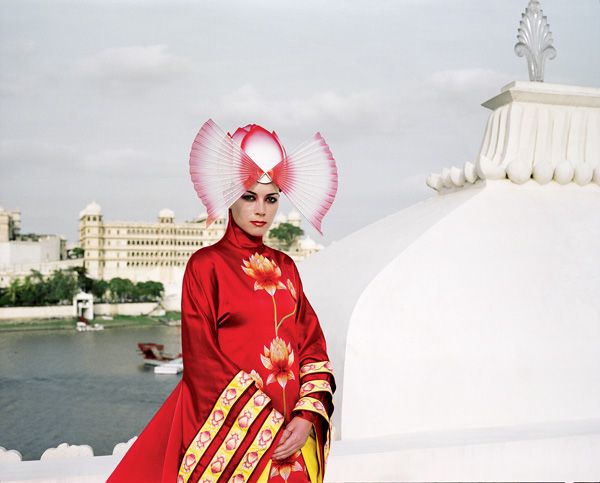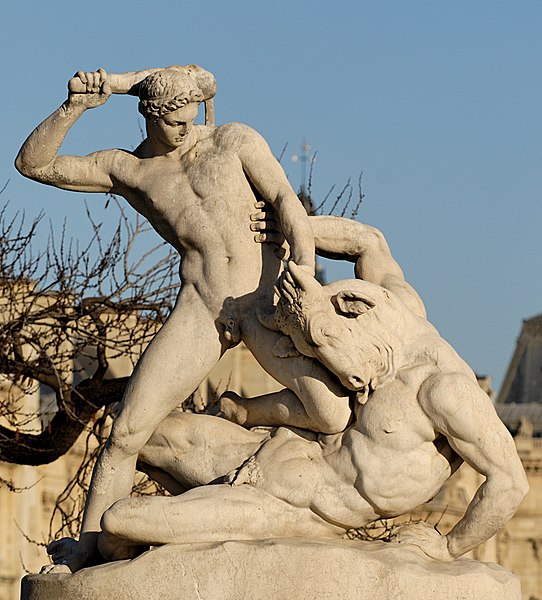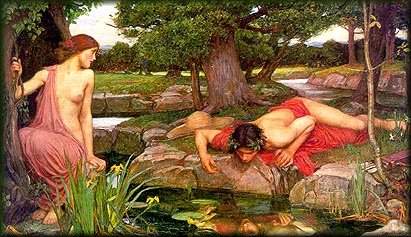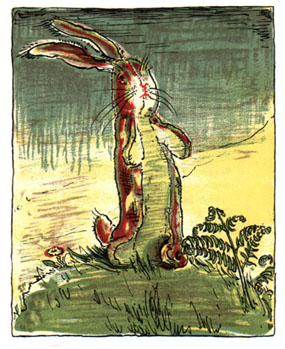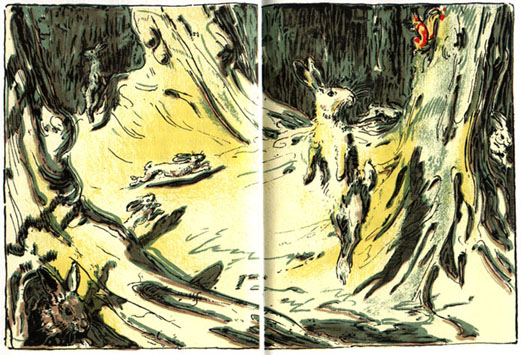 First, I shall address the idea that it is pretentious. I think many people lack an understanding of what this word really means. Pretentious simply means creating an appearance of great worth, or ostentatious (the most ostentatious of words, ha. I made a funny). It means to put on a facade. The book itself is not doing this. Someone needs a dictionary. Next point; entry-leve is actually fairly accurate, but that is by no means a bad thing. You need to start somewhere, you can't dive in to Soren Kierkegaard without some basic understanding of some philosophical views.
First, I shall address the idea that it is pretentious. I think many people lack an understanding of what this word really means. Pretentious simply means creating an appearance of great worth, or ostentatious (the most ostentatious of words, ha. I made a funny). It means to put on a facade. The book itself is not doing this. Someone needs a dictionary. Next point; entry-leve is actually fairly accurate, but that is by no means a bad thing. You need to start somewhere, you can't dive in to Soren Kierkegaard without some basic understanding of some philosophical views.Try-hard? I don't even understand this one. Hipster? I should certainly hope not. It is my understanding that hipsters do things only for the sake of image without any true enlightenment or understanding of anything. THAT'S PRETENTIOUS. I am done trying to determine where he has any sort of validity to his slew of crass insults.
I never read Plato myself until my freshmen year of college. I took a Philosophy 101 course as an introduction into the world of great philosophers and history. I had one of the best professors, Dr. James Pearce. He was bald, oddly muscular, and wore a lot of turtlenecks or underarmor shirts with sports jackets, but he was brilliant all the same. Even after my class with him we spoke often and had lunch on several occasions, then his wife left him. One day, mid-semester, he just left. Tony and I went to his office and everything was gone. It was sad, but he instilled a love of philosophy in me. I wish I could track him down, but I did find his book on amazon; Learning to Think. Buy it.
We read The Allegory of the Cave by Plato and I became enamored. It represented my awakening and discovery. I identified with the individuals within the story on the most basic level, though the comparisons stop after awhile. If you want to read the entire text click this link as my summary might leave a bit to be desired.
Here is a basic synopsis; there are several "prisoners" living in an underground cave. They have been chained and positioned in a way that they can only see the wall in front of them. They have lived their whole lives liked this (you have to have an open mind here as the situation is unbelievable). Elevated behind them are other men standing around a fire, some are making noise while others a silent. They have a screen where they have puppets that cast shadows on the wall for the prisoners to see. They also see the shadows of the men and things they carry. This leaves the prisoners to come up with words and names for all these things on their own.
One day a prisoner got out and stumbled into the outside world. He begins to understand everything, even the sun and it's importance to our existence. Plato's metaphor for the sun is near the end of his The Republic, book VI. He then returns back to the cave to tell the prisoners of what he has learned. They refuse to believe him.
This is my favorite writing by him. It is the perfect example to explain how we perceive reality. It represents a complex model for which we go through our lives and understanding. It is our path to complete awareness. The way in which it was approached gives us a unique look at how reality plays such an important part in our existence. The Matrix comes to mind, eh? The pill is his emergence from the metaphorical cave.
Random observance:
I have worked at various restaurants over the years, including now as I finish college. Why is it that baked potatoes are always more expensive than mashed potatoes or french fries? They clearly take the least amount of work.
On these two things I leave you with my final thoughts of 2010 and prepare for 2011. Tonight I drink wine and read with Joshua on my mind as he has to work this evening. You only have more to look forward to.








